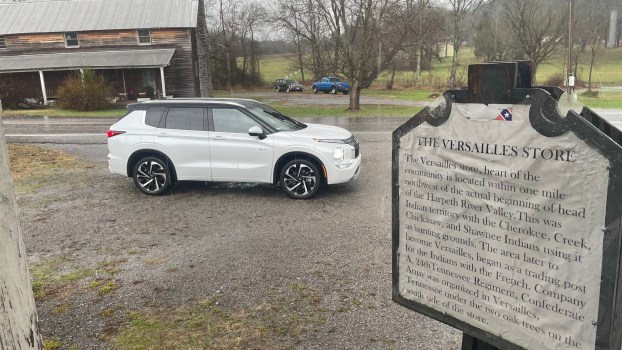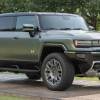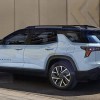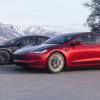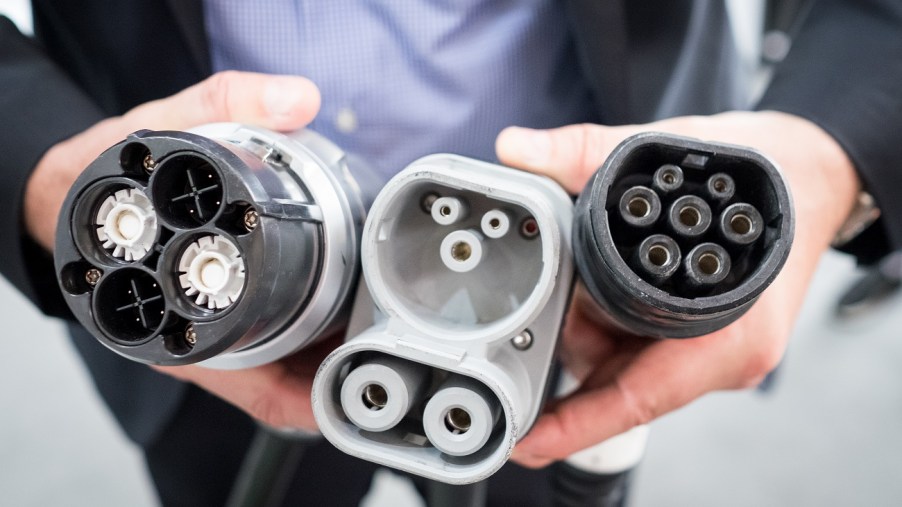
CCS vs. CHAdeMO Fast Charging: Which Is Better?
On a recent trip to drive the new Mitsubishi Outlander PHEV, the company representative said it has fast charging, CHAdeMO capability. That’s a big deal for almost any EV, and if you’re looking to buy one, this kind of fast-charging ability is quickly becoming a must-have. Fast charging does just what it says, but not all EVs or PHEVS have fast charging capability. Why does it matter?
What is EV fast charging?
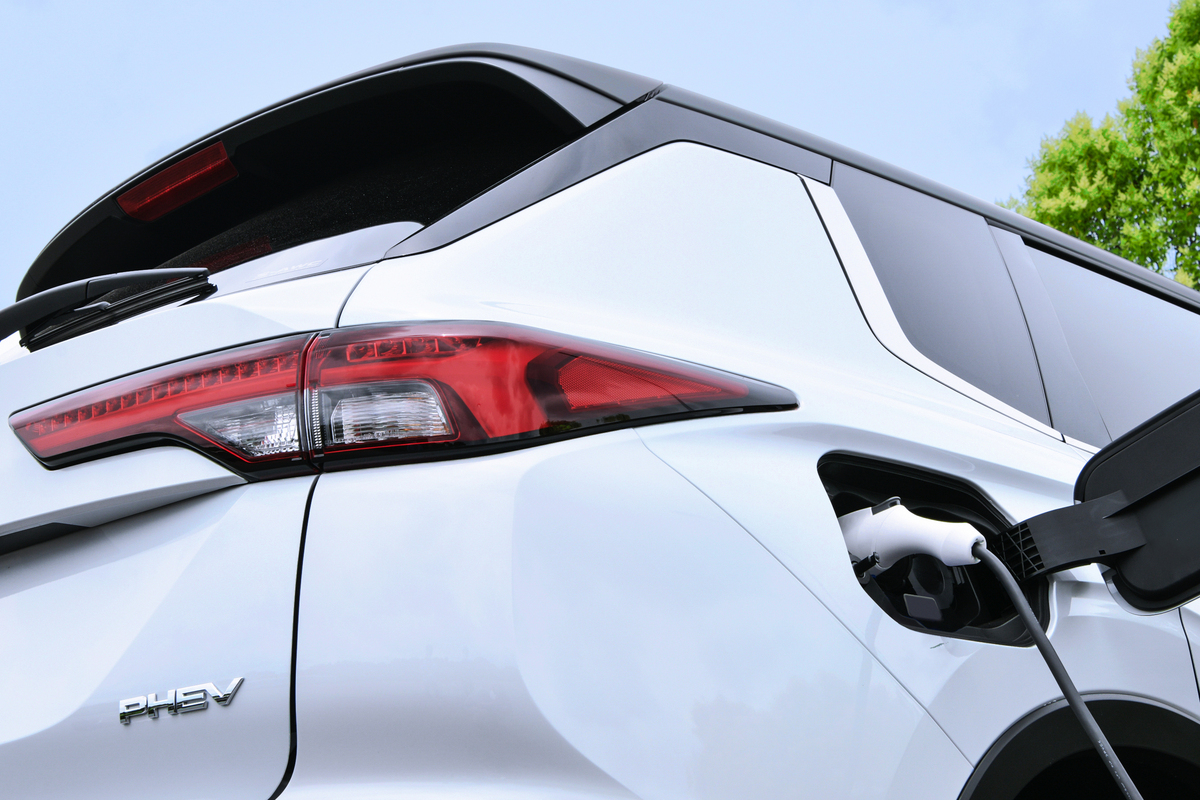
There are four modes of charging your electric vehicle, and fast charging is a term for the fastest. You can plug your car in to a regular outlet, you can use a special converter, you can use an upgraded wall box, or you can use a direct current, or DC, line. DC fast charging is the fourth option, and it’s a lot faster, according to elektrek.
Using a dedicated control box, most chargers can supply about 3 kW to your car. A special wall box or charger at a facility can add between 4 kW to 40 kW, depending on the charger. A DC fast charger can get you 50 kw, in a CHAdeMO or 150 kW from a CCS charger. More on those definitions is below. But, if you’re looking for the fastest-charging EVs, look for one with a CHAdeMO or CCS compliant vehicle.
Why is DC fast charging better?
Most chargers are Level 2 AC chargers, or alternating current, like your house. The charger in your vehicle converts that power from AC to DC so the battery can take that charge. The charger box has to digest the electricity first, like your stomach, while a DC charger is like an IV into your blood stream. DC fast charging eliminates that converter so that your car can immediately use that juice, without having to convert it first. These are the CHAdeMO and CCS chargers.
CHAdeMO and CCS charger types of chargers cost more and can be larger and heavier. They make sense in a large SUVs and in luxury vehicles. Tesla has its own system.
What is a CHAdeMO or CCS charger?
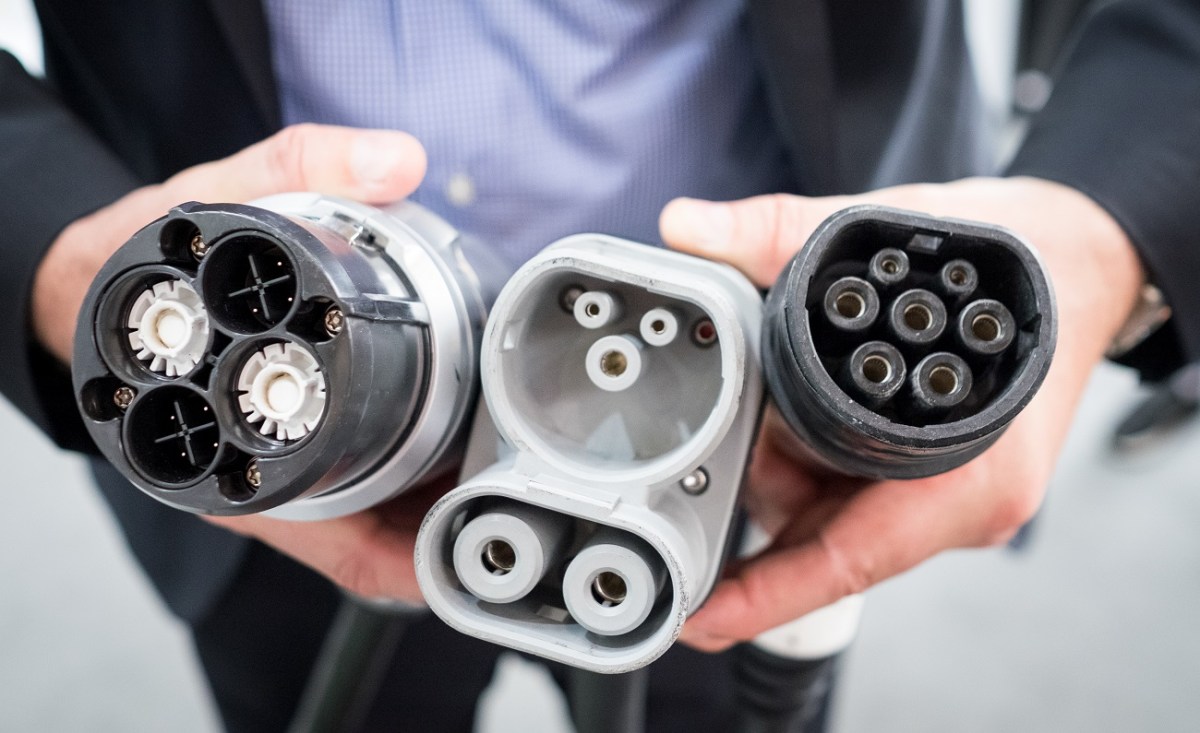
Some of the fastest DC chargers can now dump up to 350 kW into your car, which is about seven times more than a Level 1 charger could put in just a few years ago. Those fast chargers are the CCS or CHAdeMO units that, for example, Mitsubishi has added to the new Outlander PHEV. CHAdeMO isn’t the type of charger, but the name of the Japanese organization that certifies it. Very basically, CHAdeMO products are designed to work together, and it guarantees that they will.
CCS, or Combined Charging System chargers, are a competing system that is favored by European makes, and you can find it in the BMW i3, the Jaguar I-Pace and Tesla cars and SUVs. However, according to Green Car Reports, more public chargers use the CHAdeMO system than CCS. They look different, however, so you can’t confuse the two. The CCS plug has three outlets on top, the CHAdeMO is a giant circle.
What vehicles have DC fast charging ability?
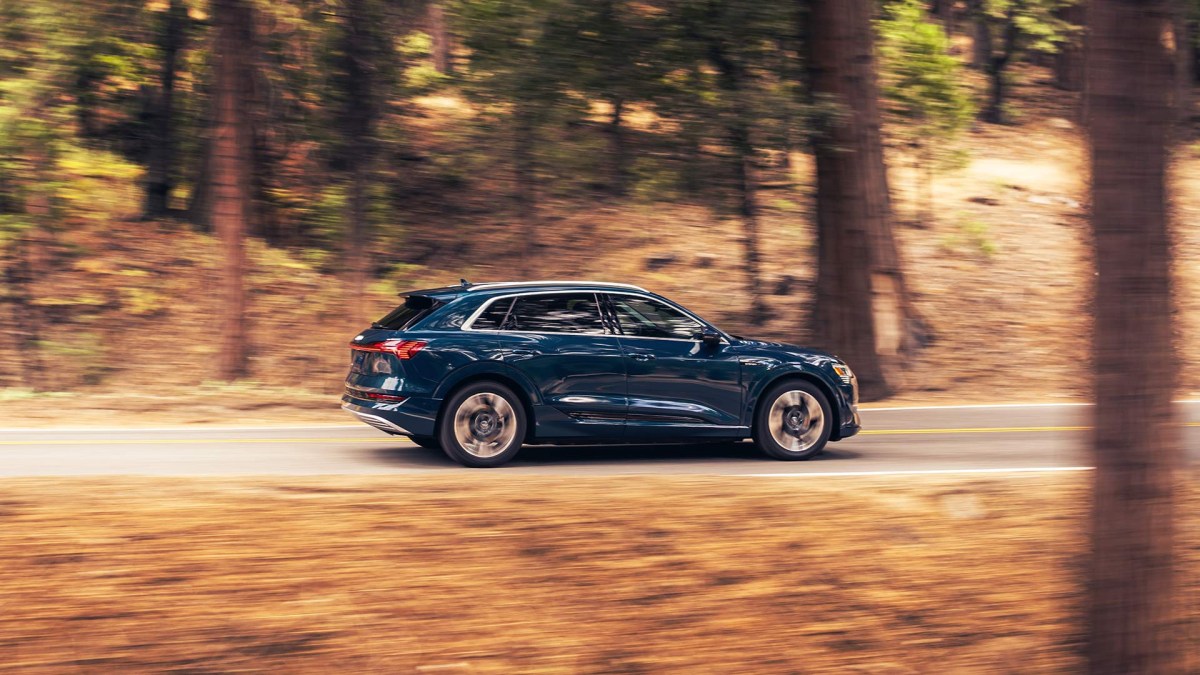
Vehicles that include DC fast charging are the fastest-charging vehicles you can get. Some of the vehicles that include CHAdeMO charging include the first generation of Kia Soul EV, the Nissan Leaf, and the Mitsubishi Outlander. Generally, this standard is preferred by Japanese brands.
CCS is available on a wide variety of vehicles, including the Audi e-tron, the Chevy Bolt, the Hyundai Inoiq5, and VW EVs.
